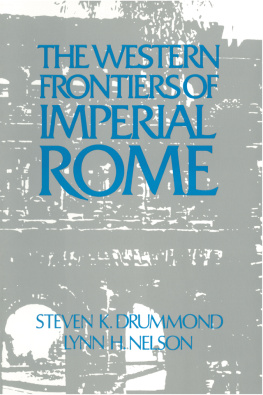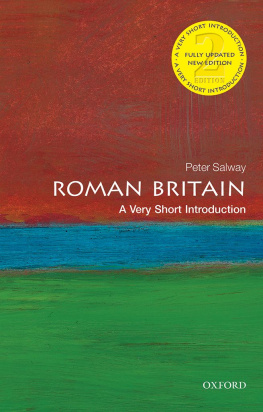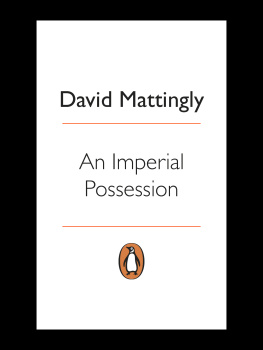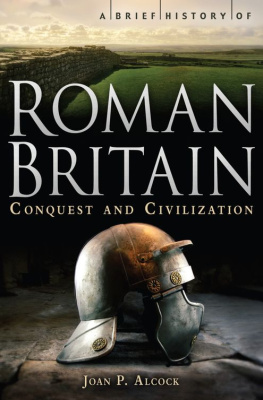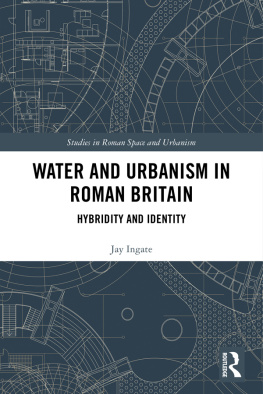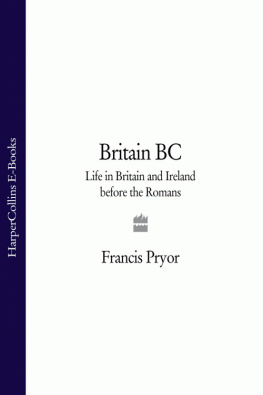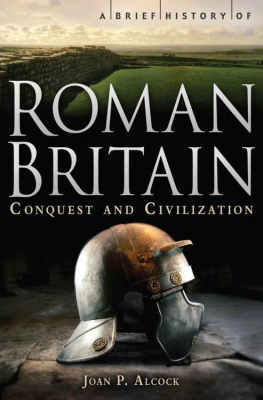THE ROMANIZATION OF ROMAN BRITAIN
by
F. HAVERFIELD
Second Edition, Greatly Enlarged
With Twenty-One Illustrations
Oxford at the Clarendon Press
1912
[Illustration: HEAD OF GORGON, FROM THE PEDIMENT OF THE TEMPLE OF SUL
MINERVA AT BATH (1/7). (SEE PAGE 42.)]
Henry Frowde
Publisher to the University of Oxford
London, Edinburgh, New York
Toronto And Melbourne
PREFACE
The following paper was originally read to the British Academy in 1905, and published in the second Volume of its Proceedings (pp. 185-217) and in a separate form (London, Frowde). The latter has been sometime out of print, and, as there was apparently some demand for a reprint, the Delegates of the Press have consented to issue a revised and enlarged edition. I have added considerably to both text and illustrations and corrected where it seemed necessary, and I have endeavoured so to word the matter that the text, though not the footnotes, can be read by any one who is interested in the subject, without any special knowledge of Latin.
F. HAVERFIELD.
OXFORD, April 22, 1912
CONTENTS
CHAPTER
LIST OF ILLUSTRATIONS
1. THE ROMANIZATION OF THE EMPIRE
2. PRELIMINARY REMARKS ON ROMAN BRITAIN
3. ROMANIZATION OF BRITAIN IN LANGUAGE
4. ROMANIZATION IN MATERIAL CIVILIZATION
5. ROMANIZATION IN ART
6. ROMANIZATION IN LOCAL GOVERNMENT AND LAND-SYSTEM
7. CHRONOLOGY OF THE ROMANIZATION
8. THE SEQUEL, THE CELTIC REVIVAL IN THE LATER EMPIRE
INDEX
LIST OF ILLUSTRATIONS
FIG.
Head of Gorgon from Bath. (From a photograph) Frontispiece
1. The Civil and Military Districts of Britain
2, 3, and 4. Inscribed tiles from Silchester. (From photographs)
5. Inscribed tile from Silchester. (From a drawing by Sir E. M.
Thompson)
6. Inscribed tile from Plaxtol, Kent, and reconstruction of lettering.
(From photographs)
7. Ground-plans of Romano-British Temples. (From Archaeologia)
8. Ground-plan of Corridor House, Frilford. (From plan by Sir A. J. Evans)
9. Ground-plan of Roman House at Northleigh, Oxfordshire
10. Plan of a part of Silchester, showing the arrangement of the private houses and the Forum and Christian Church. (From Archaeologia)
11. Painted pattern on wall-plaster at Silchester.(Restoration by
G. E. Fox in Archaeologia)
12. Plan of British Village at Din Lligwy. (From Archaeologia
Cambrensis)
13. Late Celtic Metal Work in the British Museum.(From a photograph)
14. Fragments of New Forest pottery with leaf patterns. (From Archaeologia)
15. Urns of Castor Ware. (From photographs)
16. Hunting Scenes from Castor Ware. (From Artis, Durobrivae)
17. Fragment of Castor Ware showing Hercules and Hesione. (After C. R. Smith)
18. The Corbridge Lion. (From a photograph)
19. Dragon-brooches. (From a drawing by C. J. Praetorius)
20. Inscription from Caerwent illustrating Cantonal Government.
(From a drawing)
21. Ogam inscription from Silchester. (From a drawing by C. J.
Praetorius)
Note. For the blocks of the frontispiece, of Figs. 3, 5, 15, 16, I am indebted to the editor and publishers of the Victoria County History. Figs. 6, 11, 14, 20, 21, are reproduced from Archaeologia and the Proceedings of the Society of Antiquaries. For the block of Fig. 10 I have to thank the Royal Institute of British Architects; for the block of Fig. 18, the Society for the Promotion of Roman Studies.
CHAPTER I
THE ROMANIZATION OF THE EMPIRE
Historians seldom praise the Roman Empire. They regard it as a period of death and despotism, from which political freedom and creative genius and the energies of the speculative intellect were all alike excluded. There is, unquestionably, much truth in this judgement. The world of the Empire was indeed, as Mommsen has called it, an old world. Behind it lay the dreams and experiments, the self-convicted follies and disillusioned wisdom of many centuries. Before it lay no untravelled region such as revealed itself to our forefathers at the Renaissance or to our fathers fifty years ago. No new continent then rose up beyond the western seas. No forgotten literature suddenly flashed out its long-lost splendours. No vast discoveries of science transformed the universe and the interpretation of it. The inventive freshness and intellectual confidence that are born of such things were denied to the Empire. Its temperament was neither artistic, nor literary, nor scientific. It was merely practical.
Yet if practical, it was not therefore uncreative. In its own sphere of everyday life, it was an epoch of growth in many directions. Even the arts moved forward. Sculpture was enriched by a new and noble style of portraiture. Architecture won new possibilities by the engineering genius which reared the aqueduct of Segovia and the Basilica of Maxentius.[1] But these are only practical expansions of arts that are in themselves unpractical. The greatest work of the imperial age must be sought in its provincial administration. The significance of this we have come to understand, as not even Gibbon understood it, through the researches of Mommsen. By his vast labours our horizon has broadened beyond the backstairs of the Palace and the benches of the Senate House in Rome to the wide lands north and east and south of the Mediterranean, and we have begun to realize the true achievements of the Empire. The old theory of an age of despotism and decay has been overthrown, and the believer in human nature can now feel confident that, whatever their limitations, the men of the Empire wrought for the betterment and the happiness of the world.
[Footnote 1: Wickhoff, Wiener Genesis, p. 10; Riegl, Stilfragen, p. 272.]
Their efforts took two forms, the organization of the frontier defences which repulsed the barbarian, and the development of the provinces within those defences. The first of these achievements was but for a time. In the end the Roman legionary went down before the Gothic horseman. But before he fell he had done his work. In the lands that he had sheltered, Roman civilization had taken strong root. The fact has an importance which we to-day might easily miss. It is not likely that any modern nation will soon again stand in the place that Rome then held. Our culture to-day seems firmly planted in three continents and our task is rather to diffuse it further and to develop its good qualities than to defend it. But the Roman Empire was the civilized world; the safety of Rome was the safety of all civilization. Outside was the wild chaos of barbarism. Rome kept it back from end to end of Europe and across a thousand miles of western Asia. Through all the storms of barbarian onset, through the carnage of uncounted wars, through plagues which struck whole multitudes down to a disastrous death, through civil discord and sedition and domestic treachery, the work went on. It was not always marked by special insight or intelligence. The men who carried it out were not for the most part first-rate statesmen or first-rate generals. Their successes were those of character, not of genius. But their phlegmatic courage saved the civilized life of Europe till that life had grown strong and tenacious, and till even its assailants had recognized its worth.



